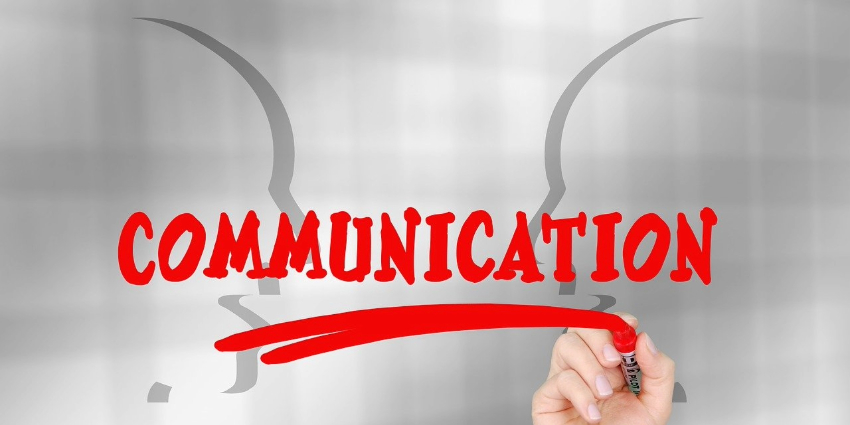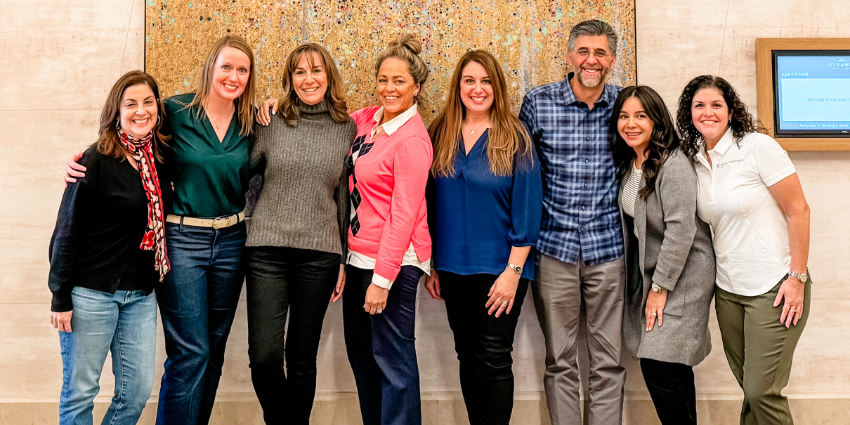When referencing the desire to work together and become a collaborative force of productivity and success, there is a popular phrase here in the United States used to rally a group together.
That phrase is “There is no “I” in team.”
Well, today I purport that if you look closely enough, you can see that there actually is. ⬆️ 😉
When we think about being part of a team, a team only works if each of us takes individual accountability and responsibility for our parts. It doesn’t matter if the team is comprised of numerous people or if it’s a duo. Teams have difficulty thriving and surviving if personal accountability, ownership, and responsibility are not inherent in each of its members.
Taking accountability and responsibility can be hard when plans don’t unfold the way you anticipated. And more often than not, it’s easier to slip into default, “other-directed” language rather than truly being in contact with ourselves. Essentially we often blame others before we blame ourselves if things aren’t how we envision them to be.
If our default is a negativity bias of this nature, how can we train ourselves to catch this and flip the speech pattern from “other-directed” to “self-reflective” for the betterment of the team?
Recognize when your speech patterns MASK ACCOUNTABILITY
1. When you find yourself using words like “it” and “that” to refer to something outside of yourself.
- “It really infuriates me when….” – Deflection; you are putting the issue anywhere and everywhere but you, your effort, your decision, etc…
- “That bugs me because….” – Lack of ownership; you are putting the stimulus for your feelings somewhere else, away from you.
2. Mentioning only the actions of others.
- “When you didn’t turn your numbers in, I couldn’t do my part….” – What responsibility did you have here? Could you have done something to assist? Worked on another part of the project while you were waiting?
Deepen your awareness of your OWN ACCOUNTABILITY
1. Substitute the phrases above with sentences that start with:
- “I feel (…emotion) because I ….“
- “I want to help…..what can I do….”
Where will you look to put the “I” in your team?













